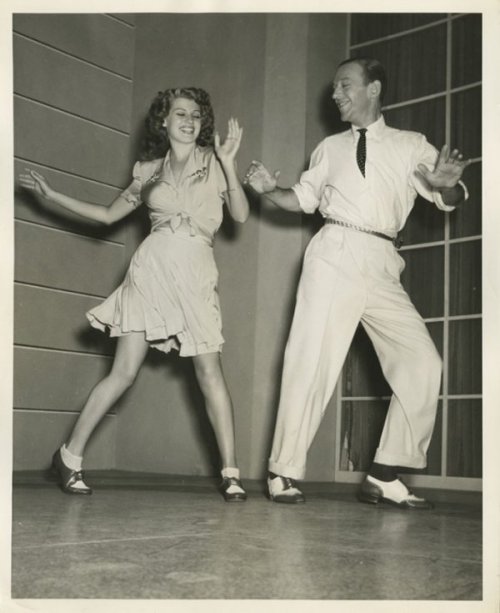The Uptown Dandy was lucky enough to pick up a pristine first edition copy of "The Last Shall Be First - The Colourful Story of John Lobb, The Bootmakers of St. James" by Brian Dobbs. Originally published in 1972, this copy was also signed by the master of the Lobb house at that time, Eric Lobb.
Simon Crompton reviewed the book way back in 2009 on his Permanent Style blog here, and suggested that readers "[j]ust skip the bits on the Lobb family and the lists of customers." Obviously, if you've read any of our previous posts here, you already know that colorful historical anecdotes and contemporary accounts of style-oriented minutiae are right in the Uptown Dandy's proverbial wheelhouse. Consider this little tale on page 94-95:
"Lobb's attracted other musical talents who, earning huge recordings, were prepared to invest some of their earnings in superior footwear. The first of these was Enrico Caruso, one of the finest tenors of all time. When he first became a customer (and he continued as one for many years), his voice was at its best and his musicianship impeccable. When we remember that he was the first to become a famous recorded voice and that he earned between four and five hundred thousand pounds for his royalties alone, we can well understand that he could afford at least two pairs of Lobb shoes every time he visited London.
Yet, despite these huge earnings for every time he exercised his larynx, Caruso was prepared to give some recitals free. On one visit to the St. James's Street shop, he held the staff spell-bound with an unaccompanied aria while he waited for his purchases to be wrapped. It was probably the smallest London audience ever to hear the golden voice, but they duly applauded him all the way to the door so they made up in warmth anything they may have lacked in numbers."
Or this passage from page 98:
"Another famous customer was an American who had trained at the French Officers' School at Fontainebleau. He lived in a luxurious apartment in Paris laying the foundations of his subsequent reputation as one of Europe's and America's wealthiest playboys. He was a Lobb customer before the 'twenties, but it was during the 'twenties that he became the nonconformist sophisticate whose wit and sybaritic tastes epitomize that decade. This was Cole Porter, whose conspicuous wealth bought him not only hand-made shoes, but a life-style reminiscent of a Scott Fitzgerald character. Not even many Lobb customers could have run up the bills that Porter paid for events like the party entertained by the entire Monte Carlo Ballet, or another at which all the guests were whisked off to the Riviera by motorcade on a sudden impulse. In 1923, he and his wife took over the Venetian palace where Browning had died, hired fifty gondoliers as footmen, and constructed a floating night club with a French chef, a negro jazz band and space for a hundred guests."
These little vignettes and asides, among other things, are what make "The Last Shall Be First" so enjoyable. In addition to the historical accounts of Lobb's impressive showings at the various shoe and boot expositions of the late 19th and early 20th centuries, Dobbs' book also provides detailed descriptions regarding the shoe-making process, the division of labor necessary for the construction of the shoes of the Victorian, pre-WWI and interwar periods, as well as the political, cultural, and political issues of the day that confronted the Lobb family business in Australia, London, and Paris.
John Lobb's first London shop located at 296 Regent Street.
Note the royal warrants for the Prince of Wales and Duke of Edinburgh in the semi-circular area above the windows.
In the windows, the round objects are replicas of the medals awarded at the Philadelphia and Paris shoe and boot expositions.

















































